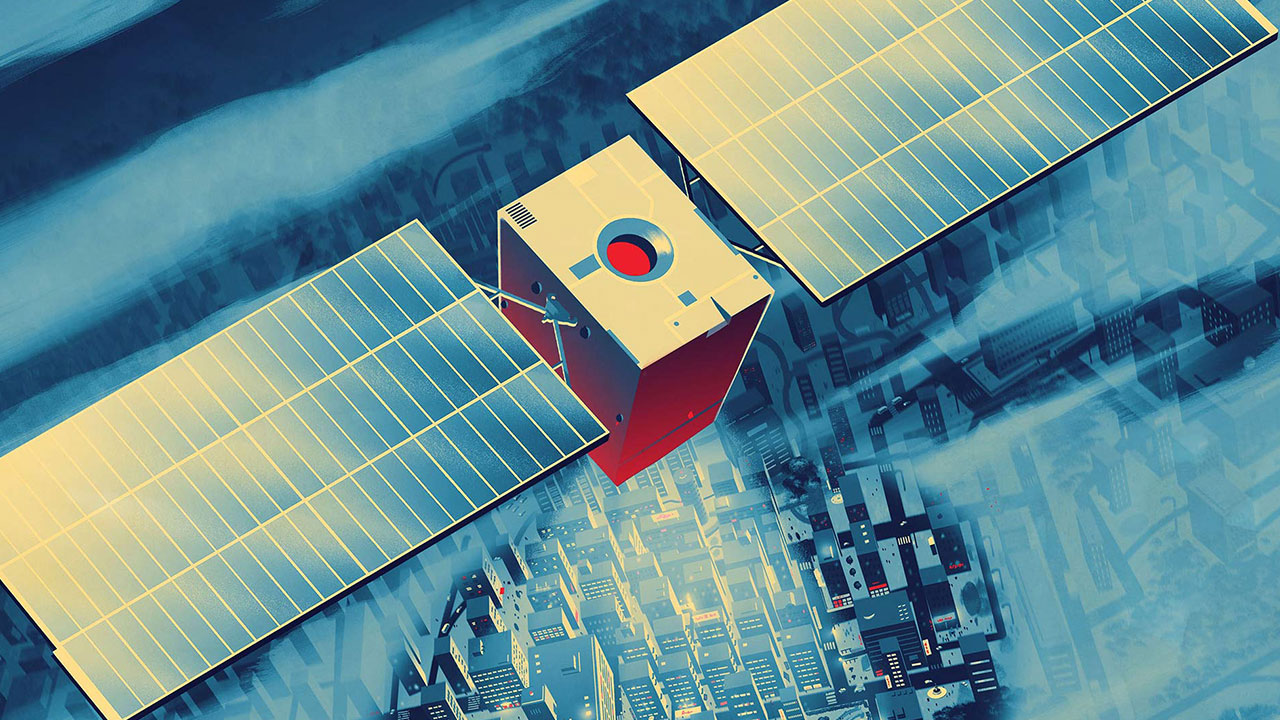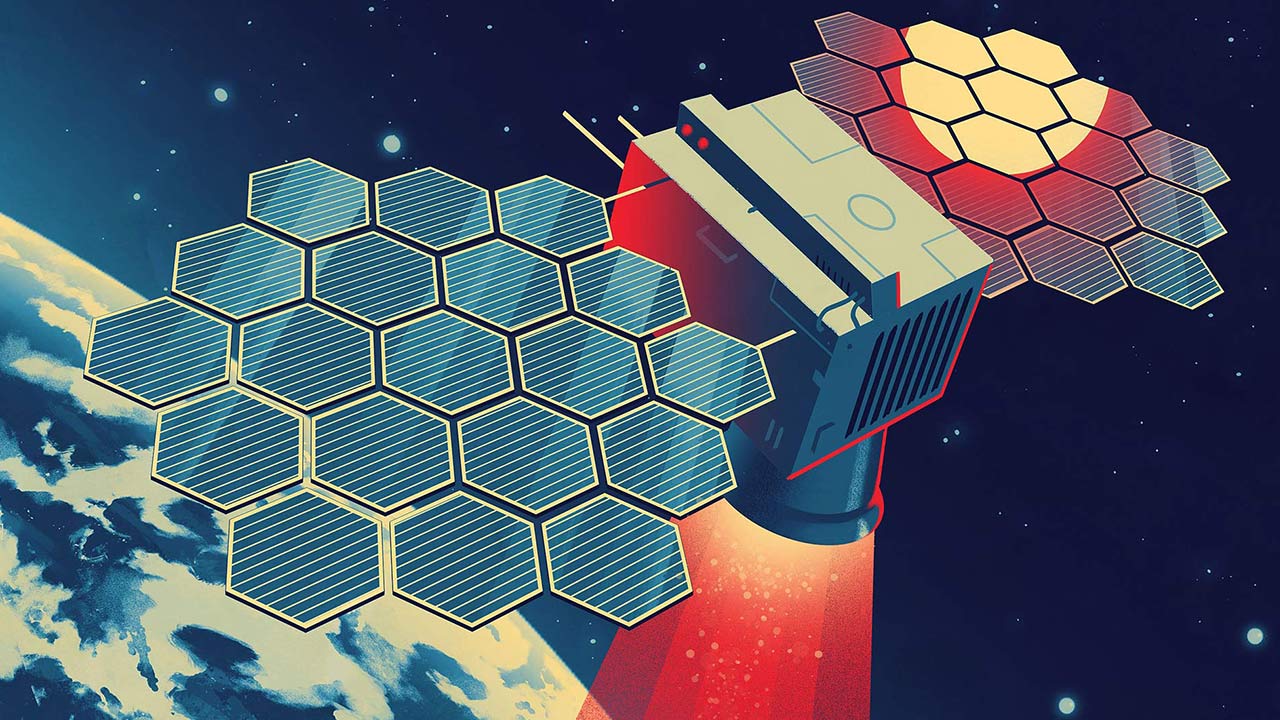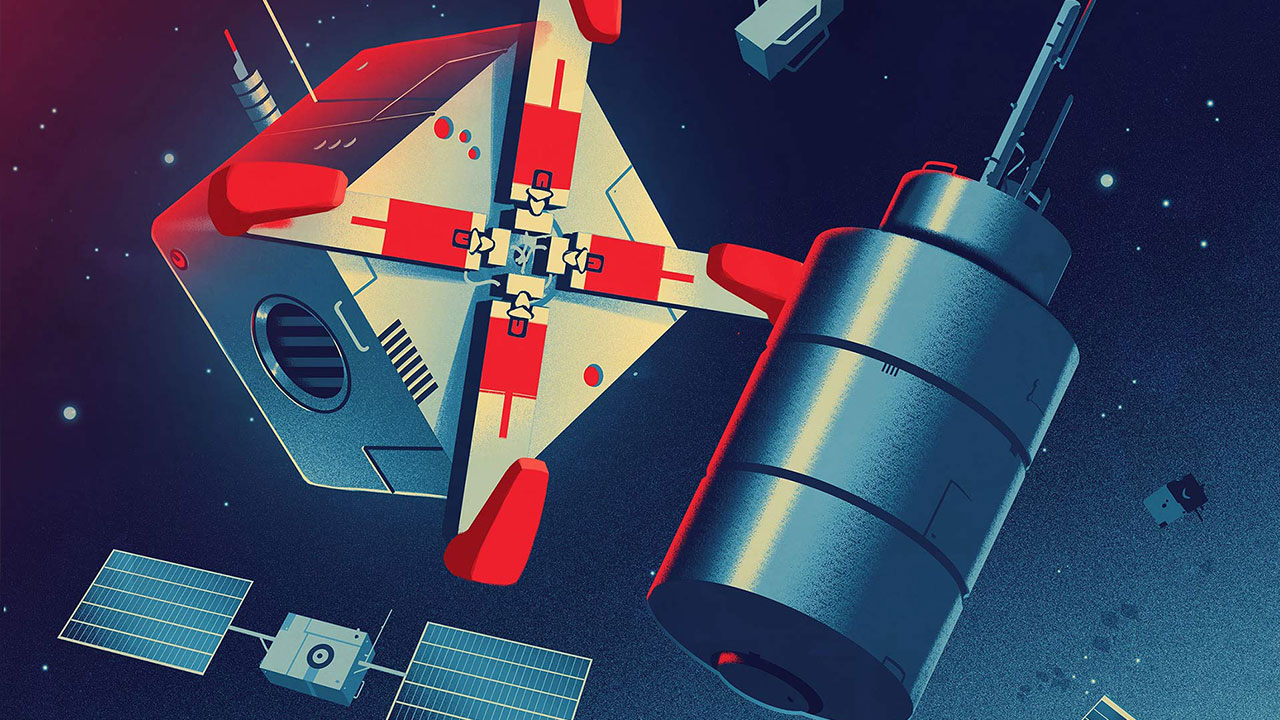As humanity ventures further into the solar system, harvesting resources in space for use off-world will be essential
For every kilogram that lands on the Moon or Mars, around 7.5-11 kg has to be launched from Earth. This is not only costly—equipment, rocket fuel, personnel—but it is time consuming, and that’s before you factor in the duration of the spaceflight. The less that has to be sent up, and the less frequently that has to happen, the better.
That’s why, as humans seek to venture beyond Earth, astronaut-settlers on new worlds will need to harvest local resources in order to stay for the long term. This is something wholly new to the space community, and until relatively recently was considered science fiction.
Previously, during the Apollo program, NASA’s missions to the Moon were solely “flags and footprints” forays. Astronauts went down to the surface of the Moon, walked around, planted a flagpole, scooped up some rocks, and flew back to Earth for parades and parties—all within a few days.
Heralding the coming era of space exploration, NASA’s Artemis program aspires to go back to the Moon this decade with a view to establishing a long-term presence—”for scientific discovery, economic benefits, and inspiration for a new generation of explorers”—and then using what has been learned to send astronauts to Mars by the late 2030s or 2040s. NASA is studying the potential for using local resources in situ at both locations. “We are going to have to learn to be less Earth-dependent,” says Niki Werkheiser, the Director for Technology Maturation for NASA’s Space Technology Mission Directorate. “That means being able to use the local resources in whatever ways make sense. This could include consumables for the crew, such as oxygen and water, propellant for fuels, or materials for construction of things such as landing pads, roads and potentially even habitats. Longer-duration missions further from Earth become much more feasible when we can use those local resources to help us live and operate so far from home.”

An array of private companies are working on techniques and equipment for off-world “in-situ resource utilization”—or ISRU, as this field is known—with a number focused on filling technology gaps for organizations such as NASA on a public-private partnership basis. This is separate from the prospector-style notion of mining precious metals or chemicals in space for sale on Earth, but a European study estimated that the ISRU industry alone would generate market revenue of up to EUR170 billion by 2045, and forecast that the spillover technologies from ISRU projects would be worth EUR2.5 billion over the coming 50 years.
So, what resources are we talking about, exactly? During the Apollo 11 Moon landing, Earth famously heard the lunar landscape described as “magnificent desolation”, but in truth there are likely some valuable materials to be found there. Perhaps most intriguingly, lunar scientists believe there are large deposits of water ice at the poles of the Moon, in permanently shadowed craters where ice from comets has accumulated over billions of years. NASA, as well as China with its separate lunar program, plan to soon send a series of science missions to explore these polar regions and assess the feasibility of harvesting this ice. If it exists, the water could be used not just for human consumption, but also broken down into air to breathe, as well as used for rocket fuel in the form of liquid oxygen and liquid hydrogen.
This won’t be straightforward. The phrase “lunar ice” calls to mind sheets of frozen water, but the reality is more complex. The ice is mixed into the soil-like rocky deposits, known as regolith, that
cover the lunar surface. That means it will need to be extracted and purified. NASA is considering various concepts for how this set-up might operate. One involves a system with four key elements. First, an excavator to mine ice-rich regolith at the base of a crater. Second, a water extraction unit to heat the regolith and remove the water by sublimating it into vapor, before freezing it for storage in water tanks. Third, mobility platforms to drive those tanks out of the crater. And, finally, a production plant at the top of the crater to extract and store the hydrogen and oxygen.
It’s not just about ice. The lunar surface is also rich with metals and silicate. While these can be useful, they can create hazardous conditions; the abrasive lunar dust tore away at the spacesuits and boots of the Apollo astronauts. However, these materials can also be employed for a variety of applications, such as laying down smooth landing pads for spacecraft or building solar cells to generate energy. “A particularly key capability for enabling a long-term presence on the Moon is power generation and storage, because the lunar day-night cycle results in 14 days of continuous sunlight followed by 14 days of continuous darkness,” says Werkheiser. This means that the technologies would have to be robust enough to endure extreme temperatures, while providing power throughout that whole cycle.
“If we can extract metals and silicates from the lunar surface, then we could use them to make solar cells and wires for solar arrays and transmission cables,” she says. “These kinds of novel technologies will be essential for surviving the long lunar night.” One private company is experimenting with “fake” regolith on Earth to prove that if lunar soil is melted at high temperatures—around 1,600 degrees Celsius— the required elements can be separated out in a reactor using electrolysis.
Mars takes the need for harvesting local resources to the next level. While astronauts can reach the International Space Station in a few hours, and the Moon in about three days, Mars takes at least half a year. Most of NASA’s roundtrip missions to the Red Planet will put astronauts beyond Earth’s reach for a minimum of 18 months.
Mars has its share of resources, too, including ample water ice at its poles. Unlike the Moon, the red planet also has a thin atmosphere. While the surface pressure is extremely low, and requires astronauts to wear spacesuits, there are some useful gasses in that atmosphere. Harnessing them is another key area of experimentation. NASA, for example, has had a demonstrator, named MOXIE, hitch a ride on its Mars Perseverance rover. Since landing on Mars in 2021, MOXIE has used an electrochemical process to split out more than 122 grams of oxygen from the atmosphere’s carbon dioxide.
There are myriad challenges to overcome with a manned Mars mission, but one of the biggest is having enough propellant on Mars for the return trip to Earth. Bringing all of that fuel from Earth to Mars for a voyage home is likely to be cost- and mass-prohibitive, so producing propellant on-site, perhaps in the manner showcased by MOXIE, could be vital.
“The ability to harness these in-situ resources to make propellant for transportation to and from Mars truly has the potential to be mission-enabling,” Werkheiser says. “The fact that we are now starting to actually test these technologies in space is very exciting.”

Satellites can now show businesses what the human eye can’t see
Dark? Cloudy? Snowy? ‘Synthetic aperture radar’ satellites can peer through it all, and this new sector is booming

Are space-based solar farms the future of clean energy?
The idea is enjoying more attention than ever—but there are major challenges to overcome

How celestial ‘gas stations’ could unlock the space economy
Orbiting propellant depots are in development, and they could reinvent how we operate beyond Earth

Space junk is a huge problem. It’s also a business opportunity
The more we do up there, the more we have to clean up after ourselves. But how?


